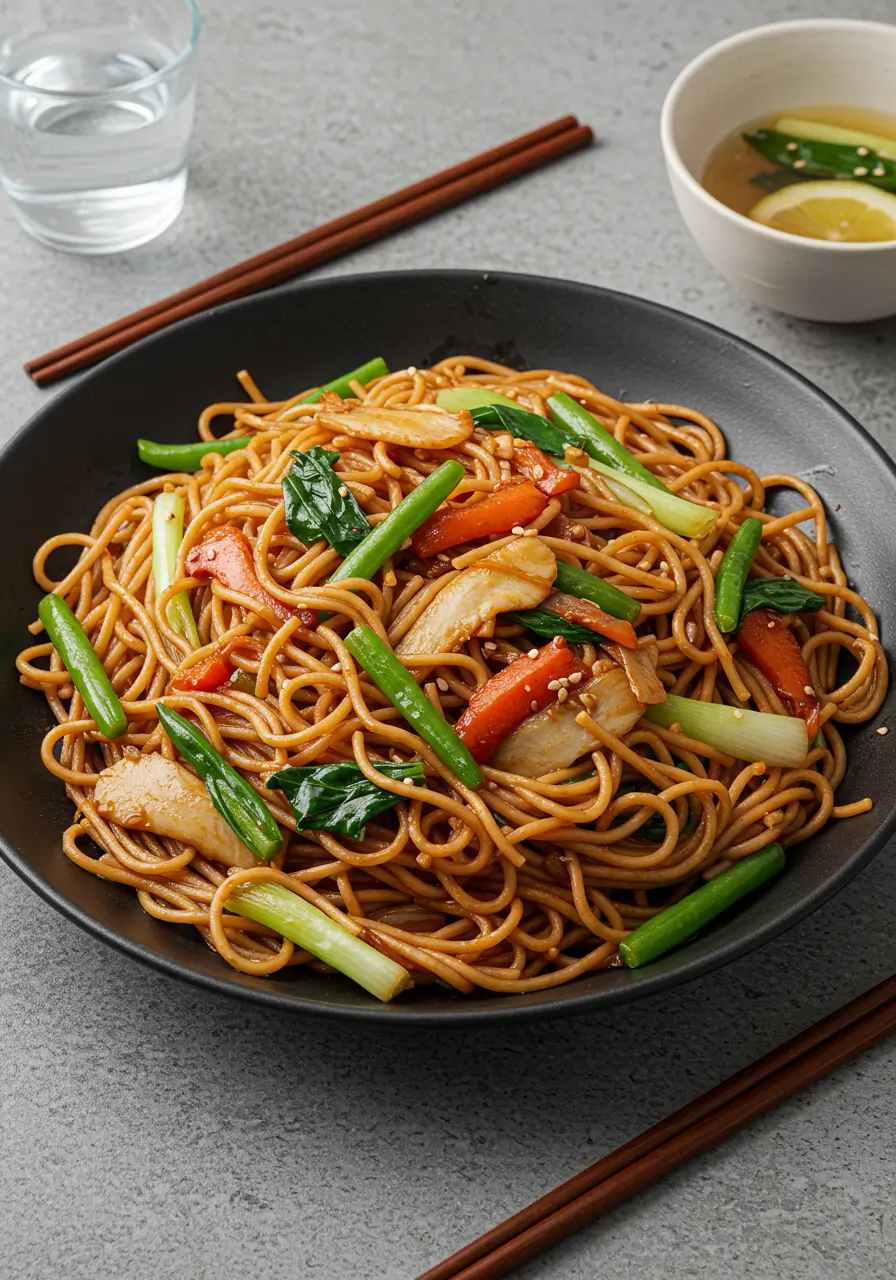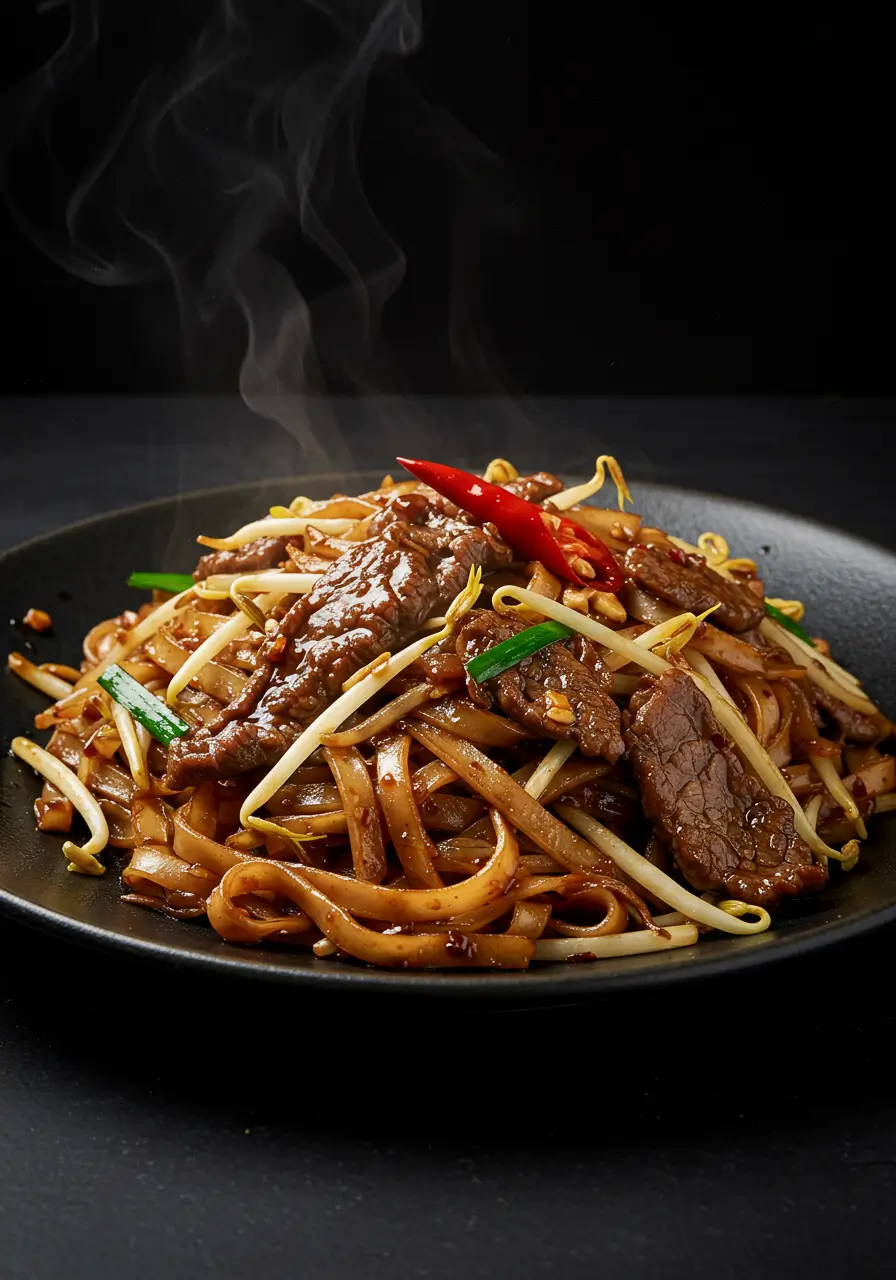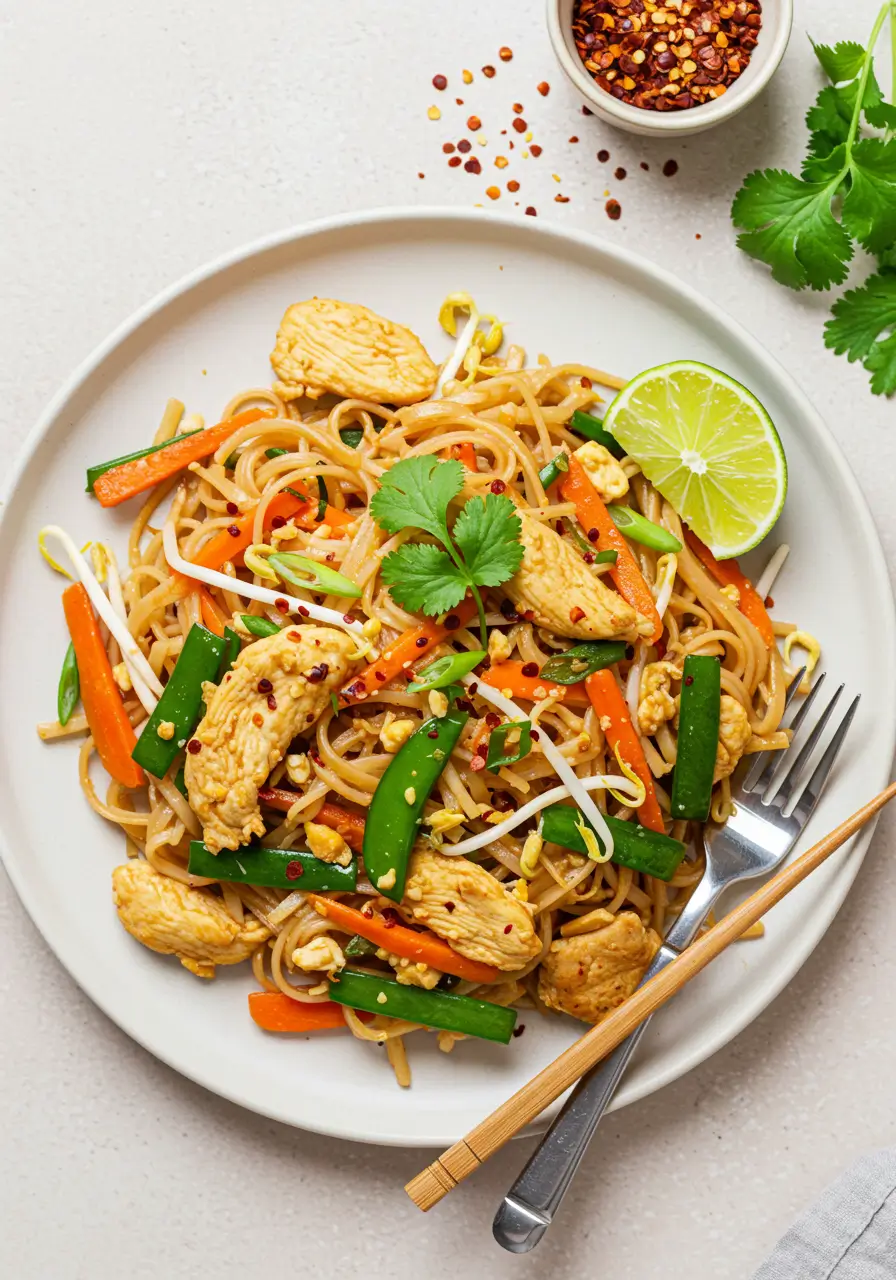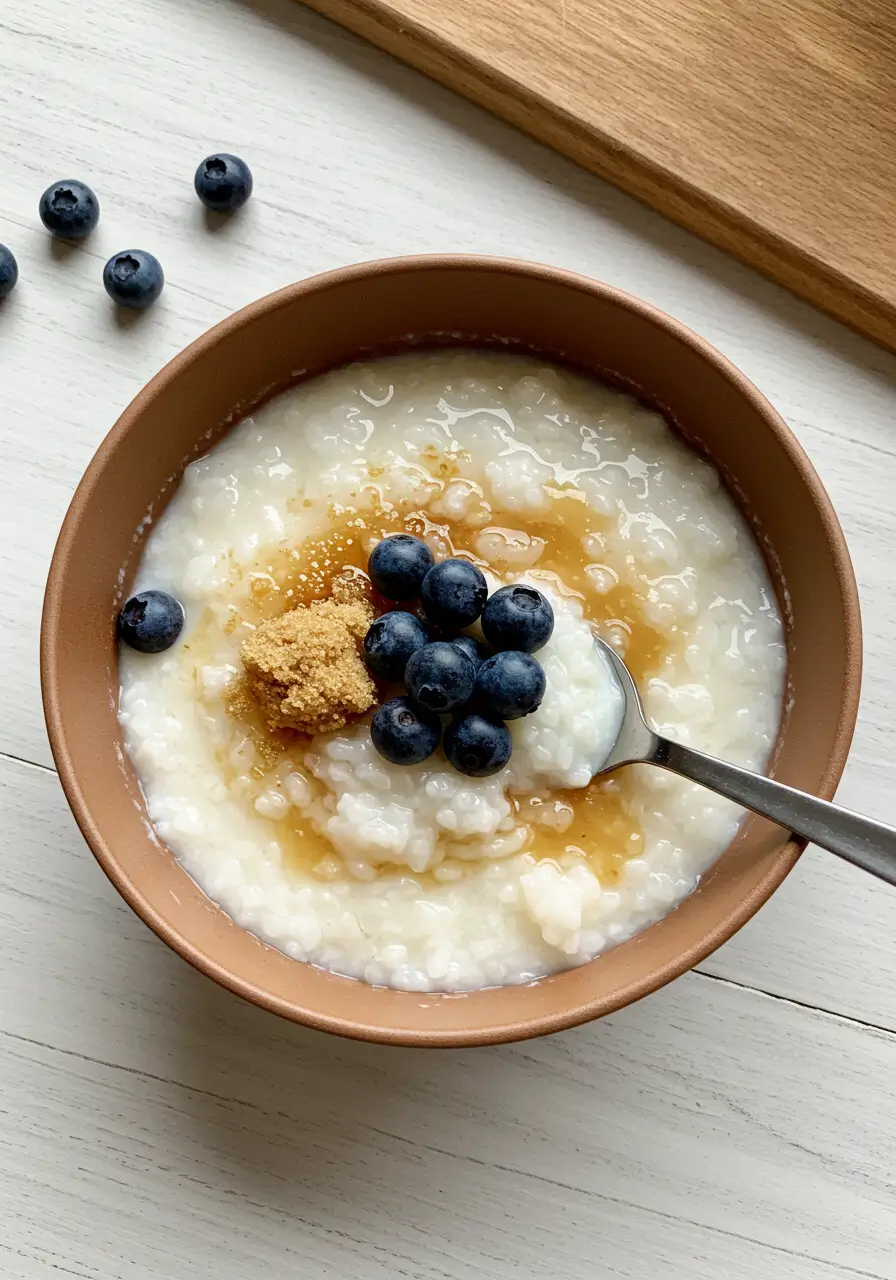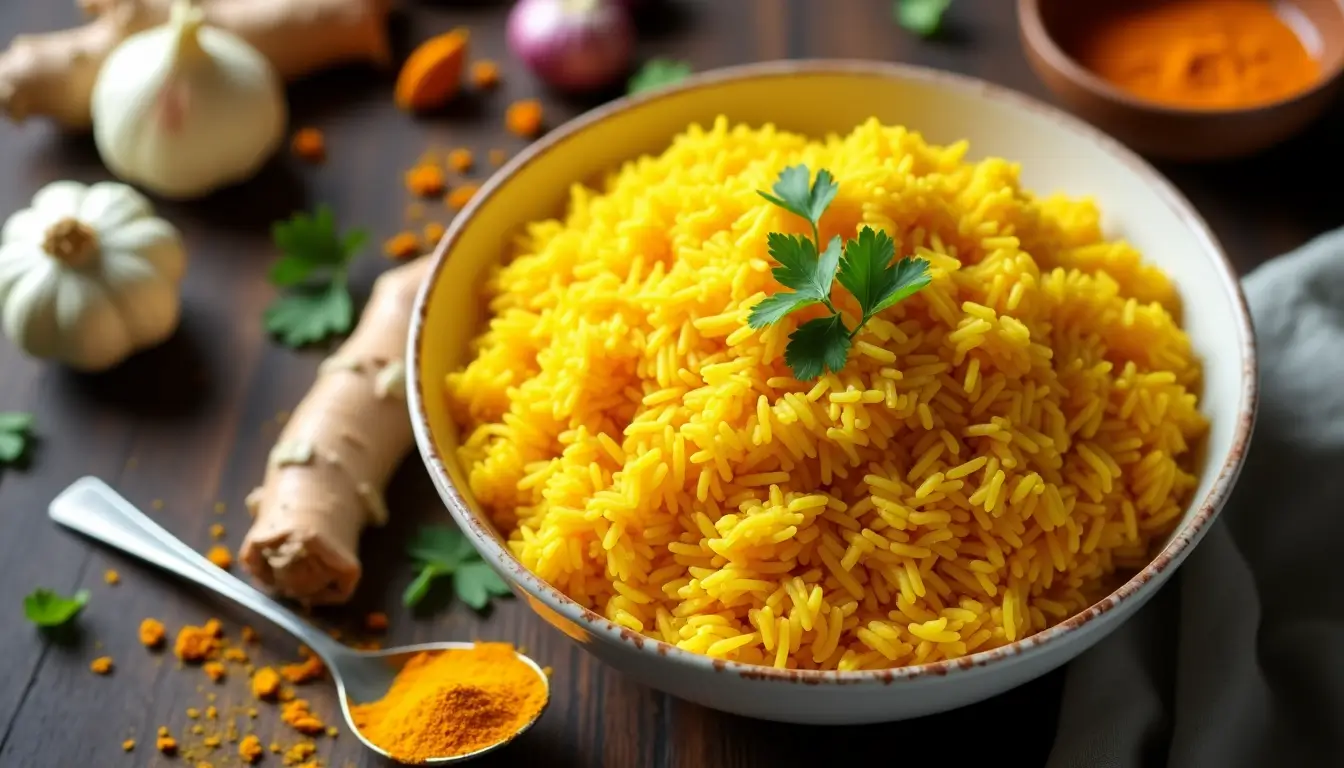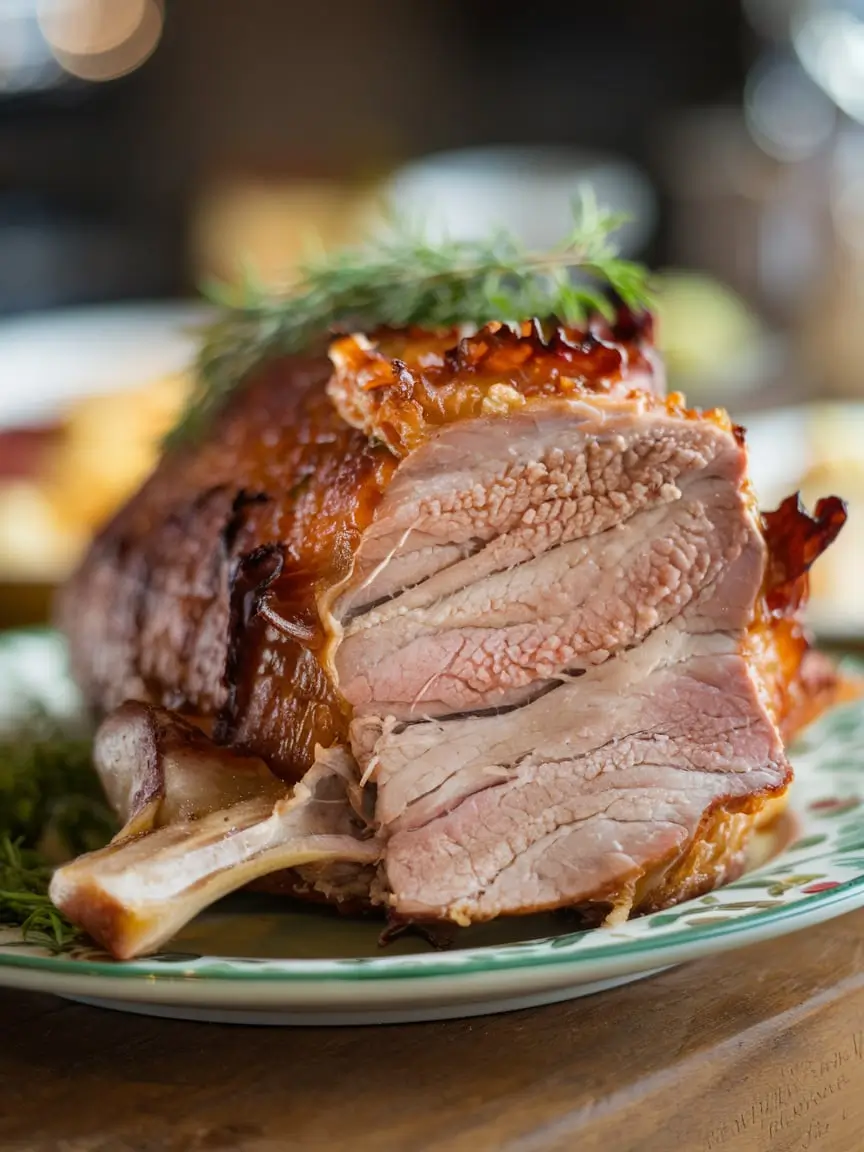Vegan Pad See Ew
Pad See Ew translates to “stir fry soy sauce” in Thai. The traditional recipe uses oyster sauce, eggs, and meat, but our vegan version brings the same savory satisfaction without animal products.
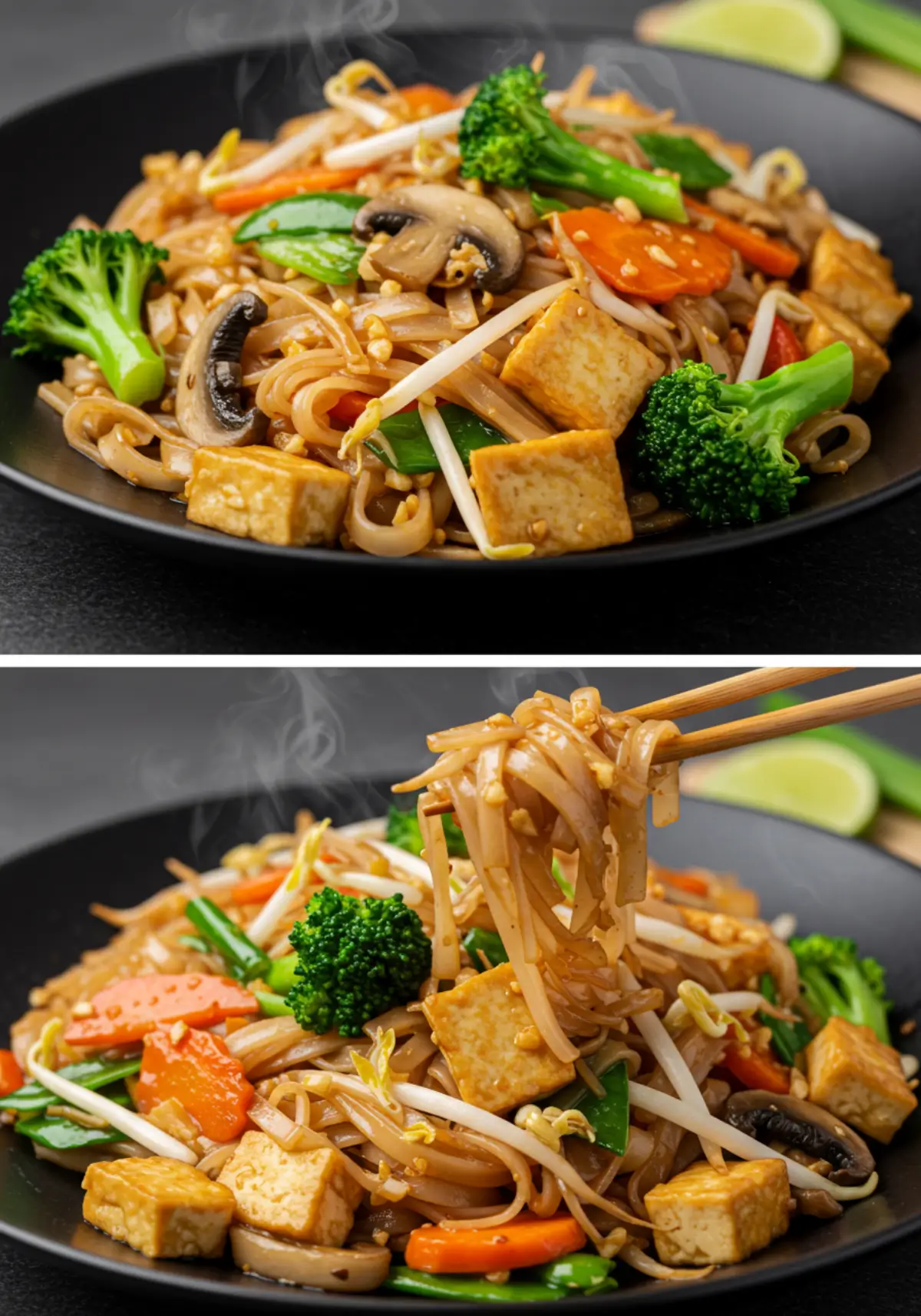
This plant-based dish takes only 30 minutes to make and fits perfectly into your busy weeknight dinner rotation. Pad See Ew’s flavor profile runs deeper and more savory than its popular cousin Pad Thai. The caramelized wide rice noodles and rich soy-based sauce create an amazing taste combination. The dish remains completely non-spicy and works great for the whole family.
Want to make vegan pad see ew that tastes better than your favorite Thai restaurant? Let’s get cooking!
Before You Get Starte:
Your success in making vegan pad see ew depends on proper preparation. A good chef organizes the workspace and ingredients before starting – a practice professional chefs call mise en place.
Key Tips:
- Noodle Preparation: Fresh rice noodles need a quick soak in warm water for 1-2 minutes to separate them. Dried noodles should be slightly undercooked according to package instructions since they’ll continue cooking in the wok.
- Temperature Control: The wok or large skillet must be smoking hot. A water droplet should vanish instantly when it touches the surface.
- Sauce Management: The sauce ingredients should be mixed before you start. Keep the sauce close to your cooking station because the cooking process moves faster once you begin.
- Ingredient Prep: Vegetables need uniform cuts to cook evenly. The tofu should be pressed and cut into bite-sized cubes.
- Timing Matters: The cooking process moves faster once you begin. Your ingredients should be within arm’s reach to prevent overcooking or sticking to the pan.
The pan should not be overcrowded when cooking for more than two people. Batch cooking ensures proper heat distribution and helps the noodles caramelize well.
What Makes This Recipe So Good?
The secret to amazing vegan pad see ew comes from its unique cooking style. The high-heat stir-frying creates charred, caramelized bits that give the dish an irresistible smoky flavor. These noodles get their amazing texture when they caramelize against the hot cooking surface and soak up all that rich, savory sauce.
This recipe’s perfectly balanced sauce makes it special. We mixed dark and light soy sauces to create a harmonious blend of sweet, savory, and slightly tangy notes. The wide rice noodles work perfectly with this flavorful sauce and act like flavor sponges that soak up every tasty drop.
You can easily customize this versatile dish. The recipe works great with different protein options and vegetables. Kids and adults with varying heat tolerances love this dish since it’s not spicy. Firm tofu, crunchy vegetables, and mushrooms create a satisfying mix of textures, while crushed garlic and peanuts make every bite more interesting.
You’ll love how quickly this comes together – the whole dish takes less than 30 minutes to make. Everything works together perfectly – from the chewy noodles to the crispy-edged tofu – to create a restaurant-quality meal that’s both satisfying and wholesome.
Why I Love This Recipe:
This vegan pad see ew recipe is close to my heart as a chef who loves plant-based cooking. The fresh vegetables pack essential vitamins and minerals that your body absorbs better than supplements. The fiber-rich ingredients help your digestive health, keep cholesterol in check, and reduce your risk of diabetes.
The recipe shines because you can adapt it to any season. You can create different versions throughout the year by using local vegetables. It’s quick and nutritious – you’ll have dinner ready faster than your takeout delivery.
You can do more than just switch up the ingredients. This dish works great for breakfast, lunch, or dinner. Wide rice noodles and tofu create an amazing texture, and crushed peanuts add that perfect crunch. A splash of lime juice balances out the sweet and salty notes in the soy-based sauce.
The best part? This recipe makes healthy eating simple. You get complete nutrition from just one pan. It’s perfect when you’re short on time. The dish has no added sugars, and protein-rich tofu helps turn this Thai street food favorite into a wholesome meal that stays true to its authentic flavors while being 100% plant-based.
Recipe Variations
This vegan pad see ew recipe lets you create countless variations to match your priorities. We tried different protein options that work great in this dish. Here are some alternatives to tofu:
- Tempeh cubes for a nutty flavor
- Plant-based chicken strips for a traditional taste
- Soy chips for added texture
- Seitan for a meaty bite
- Tofu nuggets for convenience
The vegetable choices give you room to get creative. Frozen vegetables are just as good as fresh ones – frozen broccoli has a softer texture than its fresh counterpart. You can also add bok choy, baby corn, or bell peppers to create your own spin on the recipe.
The recipe adapts well to specific dietary needs. Tamari or Bragg Liquid Aminos make great gluten-free alternatives to regular soy sauce. Rice noodles are naturally gluten-free, but it’s smart to check package labels.
You can tweak the sauce to your taste. Hoisin sauce or black bean sauce work well as the base. A splash of rice wine vinegar will boost the flavor profile. FODMAP-friendly versions can use garlic oil instead of fresh garlic, skip the onions, and double the ginger.
Note that keeping the original proportions helps maintain authentic Thai flavors. This versatile dish is perfect to use seasonal vegetables or whatever’s in your refrigerator.
Equipment
Making authentic vegan pad see ew needs just a few specific tools. We used a wok as the life-blood tool to get that perfect char and caramelization. A large non-stick skillet works well for home cooking and gives better control with easier cleanup.
Your cooking vessel should have a good non-stick surface. This feature is vital when you prepare tofu because it prevents sticking and will give a more even cook. The size of your cooking vessel should be large enough to fit all ingredients without crowding, which helps distribute heat properly.
A cast-iron wok is a great choice to create restaurant-quality vegan pad see ew. Long-handled utensils are a great way to get safe stirring and tossing done. A large spoon or shovel with a flat edge works best to handle delicate rice noodles without breaking them.
This recipe shines because it works with common kitchen equipment. Traditional Thai kitchens might use specialized tools, but home cooks can get excellent results with simple equipment. If you’re serious about Thai cooking, bamboo utensils offer sustainability benefits and protect your wok’s surface from scratches.
Note that high heat is essential to create authentic pad see ew. Your chosen cooking vessel must handle intense temperatures well. The signature wok hei – that coveted smoky flavor defining great Thai street food – depends on how well you manage heat, whether you use a wok or non-stick pan.
Ingredients
Authentic vegan pad see ew depends on three essential components: the protein preparation, the signature sauce, and the noodle mixture.
The protein base starts with 12 ounces of extra-firm tofu cut into ½-inch slices. Mix it with 4 tablespoons soy sauce, 2 teaspoons sesame oil, and 2 tablespoons peanut oil.
Here’s what goes into the signature sauce:
- 4 tablespoons vegan “oyster” sauce
- 4 tablespoons soy sauce
- 3 teaspoons rice wine vinegar
- 3 teaspoons coconut sugar
- ½ teaspoon cornstarch
The noodle mixture requires:
- 3.5 ounces pad Thai rice noodles (or fresh sen yai/ho fun noodles if accessible)
- 2 teaspoons sesame oil
- 4 tablespoons peanut oil
- 2 tablespoons finely chopped garlic
- 2 teaspoons finely chopped ginger
- 1½ cups broccoli florets (or Chinese broccoli/gai lan)
- 2½ cups button mushrooms, sliced ¼-inch thick
We used fresh wide rice noodles to create the most authentic texture. The dish’s garnishes include crushed peanuts, chopped green onions, and black and white sesame seeds. On top of that, it helps to keep pickled chilies or red pepper flakes nearby for those who enjoy extra heat.
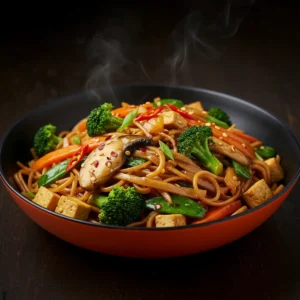
Vegan Pad See Ew
Equipment
- Wok or Large Skillet: For stir-frying the noodles, tofu, and vegetables.
- Pot: To cook the rice noodles before stir-frying.
- Spatula or Tongs: To toss and stir the ingredients in the pan.
- Knife and cutting board To chop the vegetables and tofu.
- Measuring cups and spoons For accurately measuring the sauce ingredients.
- Strainer or Colander: To drain the cooked noodles.
Ingredients
- 4 tablespoons vegan “oyster” sauce
- 4 tablespoons soy sauce
- 3 teaspoons rice wine vinegar
- 3 teaspoons coconut sugar
- ½ teaspoon cornstarch
- 3.5 ounces pad Thai rice noodles or fresh sen yai/ho fun noodles if accessible
- 2 teaspoons sesame oil
- 4 tablespoons peanut oil
- 2 tablespoons finely chopped garlic
- 2 teaspoons finely chopped ginger
- 1½ cups broccoli florets or Chinese broccoli/gai lan
- 2½ cups button mushrooms sliced ¼-inch thick
Instructions
- Here’s how to create perfect vegan pad see ew step by step. The original noodle preparation depends on their type – fresh noodles need separation in warm water, while dried noodles should cook until just al dente.The best results come from cooking one portion (8oz/225g) of noodles at a time. This prevents overcrowding and will give a signature smoky flavor that makes authentic pad see ew special. A quick wipe of your wok between batches keeps the results consistent.Heat Management: Your wok or non-stick skillet needs high heat. Add oil once it’s hot and fry tofu until golden brown on both sides. Set the tofu aside.Vegetable Preparation: Cut Chinese broccoli into 2-inch pieces and separate stems from leaves. The stems need 2-3 minutes to cook before adding leaves. Cook until the leaves wilt.Sauce Integration: The prepared sauce mixture should go over noodles instead of directly on the hot cooking surface. This prevents splattering.Charring Technique: Spread noodles evenly in the wok. They should sit undisturbed for 15-30 seconds until charred spots appear. The process needs 2-3 repetitions to achieve optimal caramelization.Final Assembly: Add the tofu back once noodles have the right char. A quick toss will distribute heat evenly.
Notes
- Warm water submersion and gentle chopstick separation work best for refrigerated fresh noodles
- Light flipping and tossing motions prevent noodle breakage better than aggressive stirring.

